The Crown Jewel of North America
The heart of Alaska hosts the apex of North America, the majestic Denali, previously known as Mount McKinley. Soaring to a height of 20,310 feet, Denali imposes itself on the Alaskan horizon, a sentinel that reminds us of the Earth’s relentless vitality. This awe-inspiring peak is situated approximately 130 miles north-northwest of Anchorage and 170 miles southwest of Fairbanks, within the vast expanse of the six-million-acre Denali National Park.
The Geographical Marvel
Denali’s genesis is a testament to the profound forces sculpting our planet. Its formation, once shrouded in mystery due to its considerable distance from the nearest coastal tectonic activity, was revealed through a 3D computer model project. This model showed how the unusual bent and low angles of an inland geological fault conspired to birth this mountainous majesty. Even more astonishing, Denali grows approximately .04 inches each year due to the relentless interaction of the Pacific and North American tectonic plates.
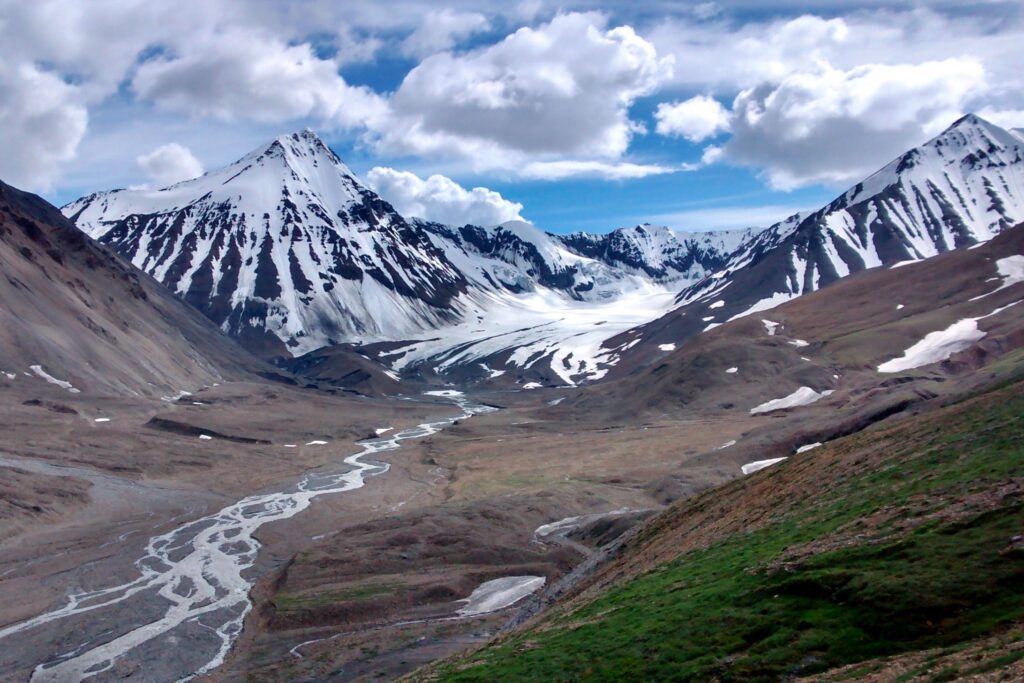
An Encounter with the Sublime
Climbing Denali is akin to transcending earthly bounds. It offers a transformative experience, an escape from the mundane, providing invaluable mental rejuvenation. In a world increasingly dominated by technology and urban landscapes, scaling Denali allows visitors to reconnect with our planet’s raw, untempered power, positively impacting mental well-being and physical health. The journey up the mountain, though challenging, provides a deep sense of accomplishment, reinforcing resilience and self-confidence.
The Living Mountain: Flora and Fauna
Denali National Park is more than just its namesake mountain; it’s a thriving ecosystem. Caribou, grizzly bears, and wolves roam its lowland boreal forests and tundra regions, while golden eagles and peregrine falcons soar above. Amidst this rich tapestry of wildlife, diverse plant life flourishes. Fireweed, lupines, and blueberries add vibrant colors to the landscape during the brief Alaskan summer.
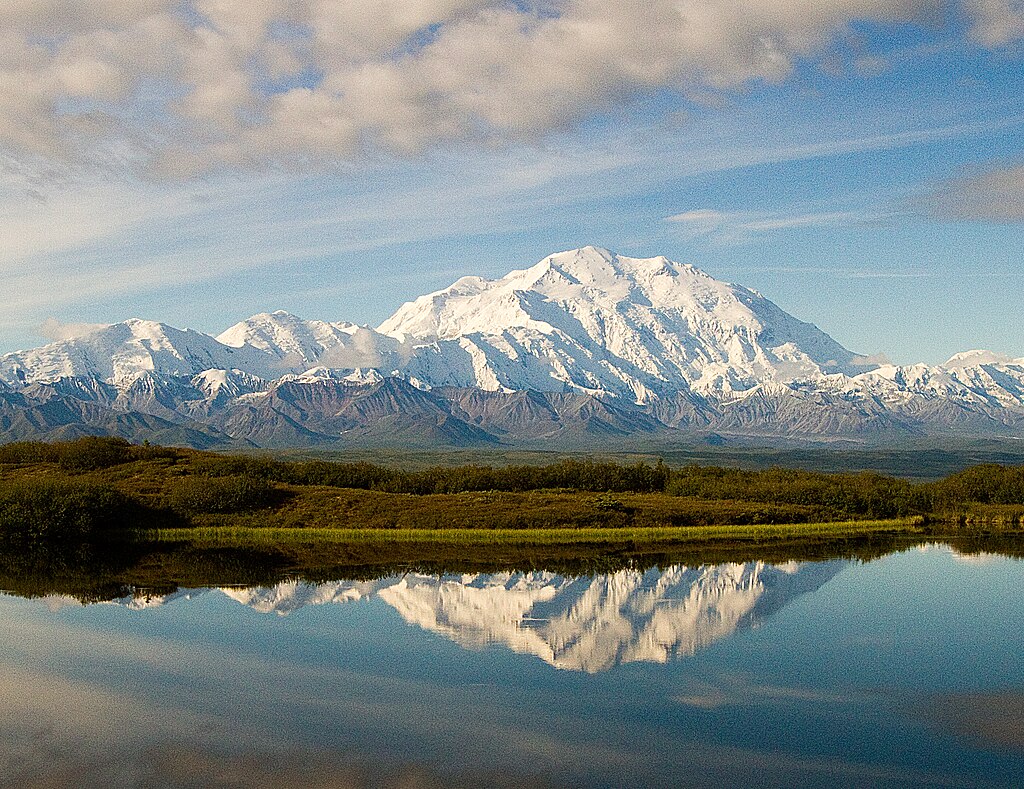
Climatic Challenges and Ethereal Beauty
The mountain’s weather offers a stark contrast to the vibrant life below. Denali’s upper reaches are perpetually cloaked in snow and ice, boasting temperatures that can plummet to minus 75 degrees Fahrenheit, with wind chills reaching minus 118 degrees. This frigid realm hosts glaciers stretching more than 30 miles, etching deep grooves into the mountain’s face. Despite the extreme conditions, the sight of the sun glittering off these glaciers is a spectacle of otherworldly beauty, making the challenging ascent all the more rewarding.
The Cultural Tapestry
To the native Koyukon Athabascan people, the mountain is known as Denali, translating roughly to “The Great One” or “high, tall.” This mountain, serving as a profound cultural landmark, reverberates through time, connecting current generations with their rich, historical lineage. The heritage of the land and the cultural exploration it offers visitors adds an extra layer of fascination to the mountain’s allure.
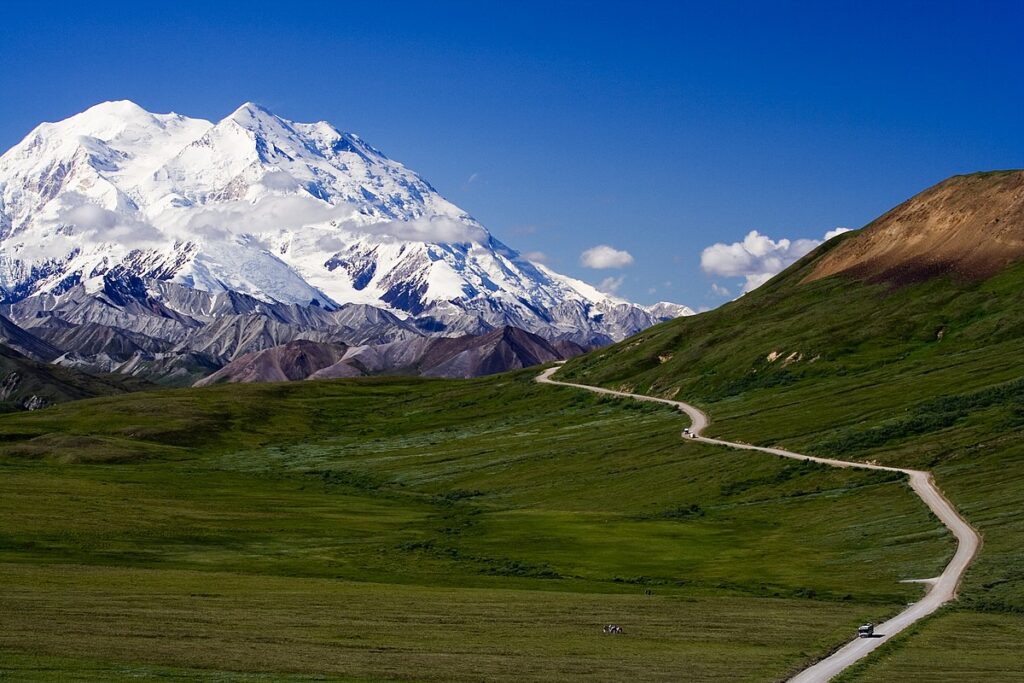
Natural Phenomena of Denali
Denali is a tapestry of natural phenomena that unfold throughout the year, each contributing to its unique charm. One of the most breathtaking is the phenomenon of Alpenglow, where the setting or rising sun casts a soft, rosy light on the mountain’s icy facade, creating a mesmerizing spectacle. The park’s northern latitude also makes it a prime location for viewing the Aurora Borealis, or Northern Lights. As solar particles collide with atmospheric gases, they paint the night sky with ethereal, undulating ribbons of green, purple, and pink, providing an unforgettable display of natural beauty.
Similar Post
Moreover, Denali’s position in the subarctic climate zone results in dramatic seasonal changes. In winter, the park becomes a frozen wonderland bathed in soft, low-angle light due to the short daylight hours. Contrastingly, the summer solstice brings about the phenomenon of the Midnight Sun, with nearly 24 hours of daylight, allowing life to burst forth in a brief, vibrant display. The drastic seasonal temperature changes also result in the interesting phenomena of permafrost and frost heaves, where the ground freezes and thaws cyclically, affecting both the landscape and the infrastructure.
Additionally, the park houses a significant concentration of glaciers, some stretching over 30 miles. The continuous advance and retreat of these glaciers shape the land, carving out valleys and moraines in a slow but constant process known as glaciation. This ever-changing terrain forms a dynamic backdrop, continually reshaped by the elemental forces at work within Denali. Together, these phenomena create a unique and mesmerizing tableau of nature’s grandeur.
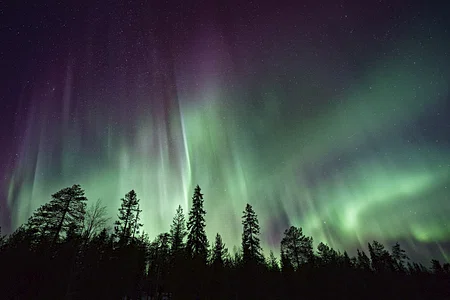
The Triumphs and Tribulations of Mountaineering
The annual climbing season, usually between May and September, attracts around 800 climbers from across the globe. Despite the rigorous challenge and the perilous weather conditions, they are drawn to Denali’s heights, seeking the thrill of overcoming nature’s formidable test. The mountain’s low barometric pressure, due to its northern latitude, adds an extra layer of difficulty to the ascent, making every successful summit a significant achievement. It’s a sobering fact that more than 100 climbers have perished on Denali since record-keeping began.
Stargazing and Astro-Tourism in Denali
Denali National Park, with its expansive dark skies largely devoid of light pollution, offers a stellar playground for astronomy enthusiasts and astro-tourists alike. As twilight descends, countless stars, distant galaxies, and celestial bodies reveal themselves, transforming the park into a cosmic theatre. The exceptionally clear atmosphere and extended hours of darkness, particularly during winter months, offer superb opportunities for night sky observation and astrophotography.
Astro-tourists can participate in the park’s Night Sky programs, where rangers provide telescopes and share fascinating insights about constellations, the Milky Way, and the cosmic calendar. The allure of the Northern Lights, visible from late August to early May, draws both amateur and professional photographers aiming to capture this elusive and spectacular phenomenon. Denali’s vast landscapes, with the majestic mountain as a backdrop, create stunning foregrounds for these celestial portraits. Whether you’re a seasoned astronomer, an aspiring astrophotographer, or a casual observer, the celestial wonders of Denali promise an otherworldly experience that is as enlightening as it is beautiful.
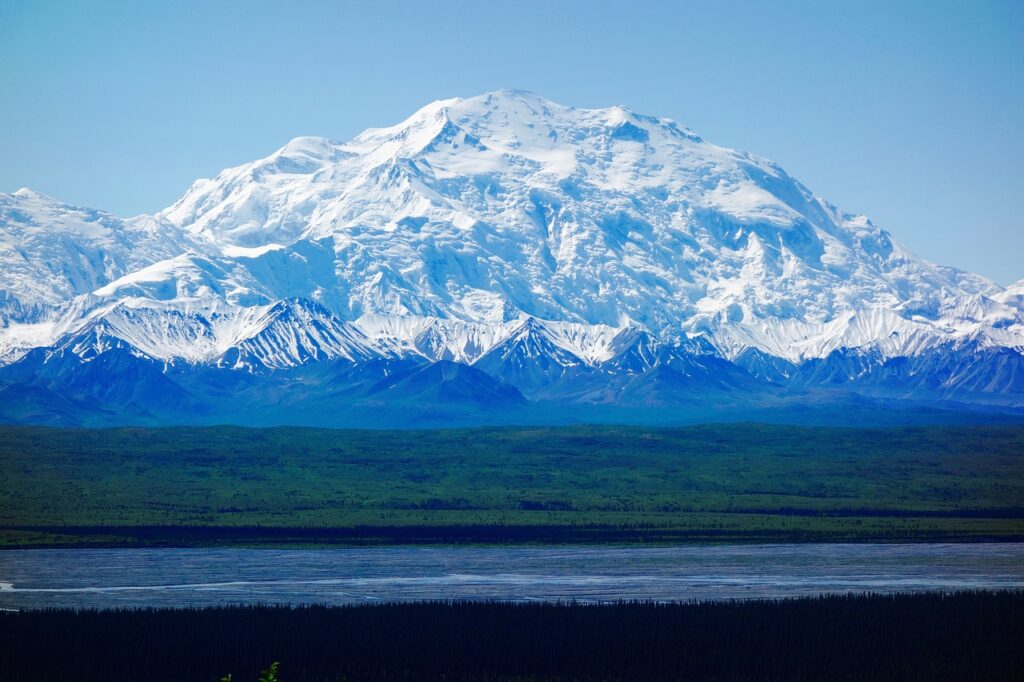
Legacy and Transformation
From the first reference to Denali by British explorer George Vancouver in 1794, to its official renaming from Mount McKinley in 2015, Denali’s story is continually evolving. Each climber who has ascended its peaks, from Barbara Washburn, the first woman to summit, to Tom Choate, the oldest man to reach the top, has left an indelible mark on its history.
Denali: A Testament to Endurance
Denali stands as a testament to both the resilience of nature and the human spirit. Whether you’re standing at its base, gazing up in awe at its towering heights, or have the fortune to stand atop its icy peak, Denali provides a powerful, life-enhancing experience that resonates deeply within all who visit. The journey to and up Denali is a voyage of self-discovery, endurance, and a tribute to our inherent connection with the grandeur of nature. It’s more than a mountain; it’s a symbol of our planet’s awe-inspiring might and an invitation to explore the limits of our potential.
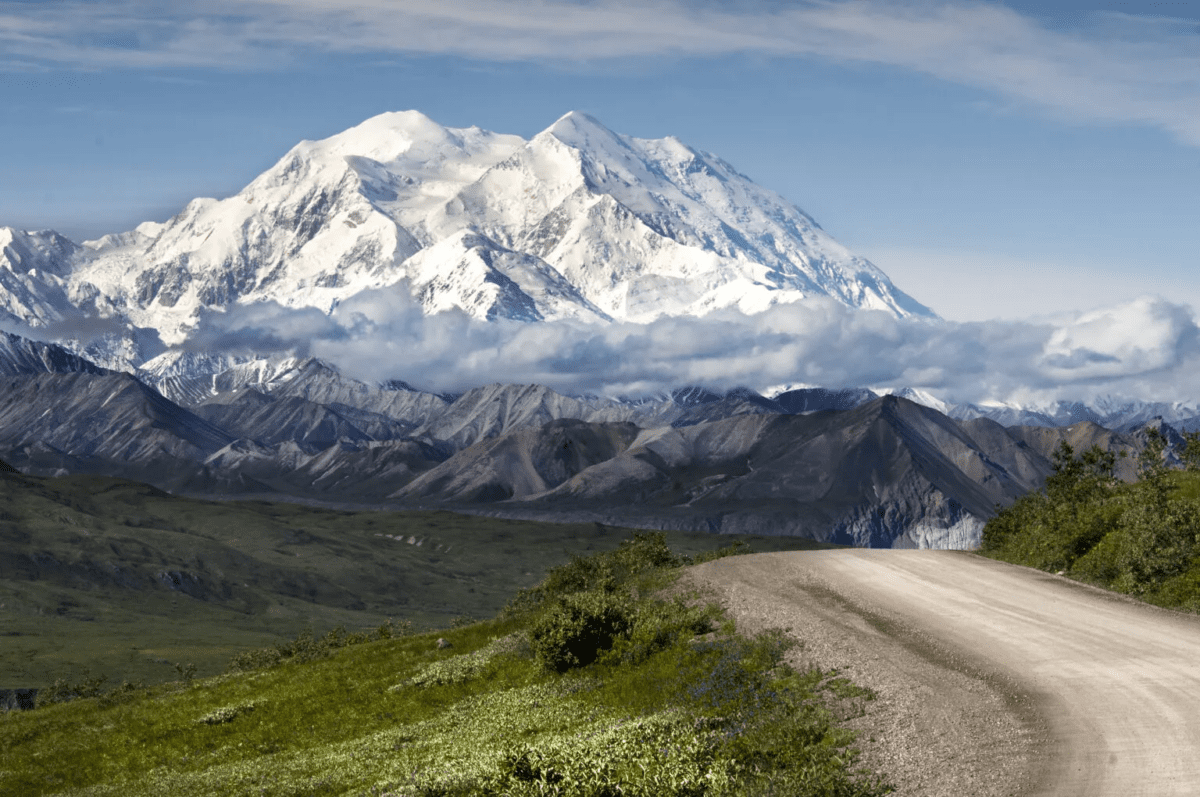


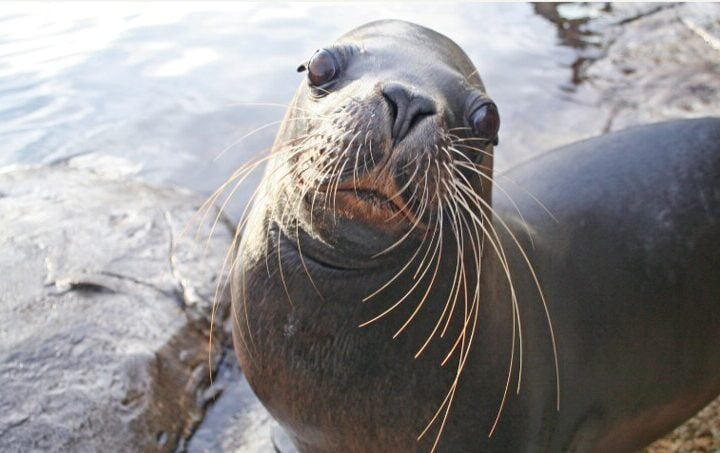





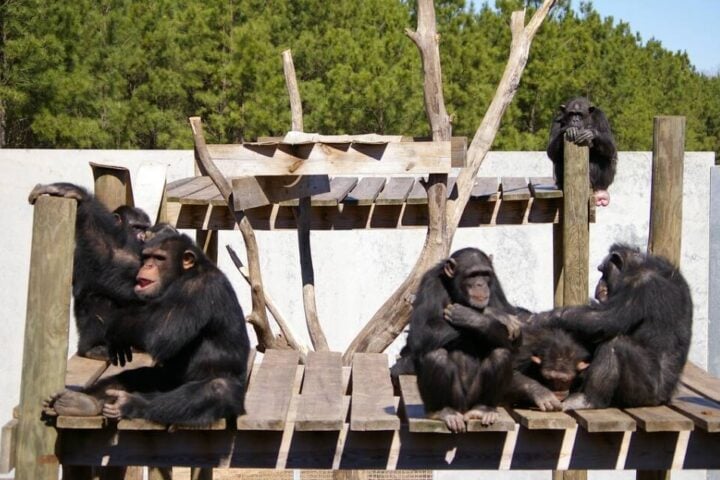



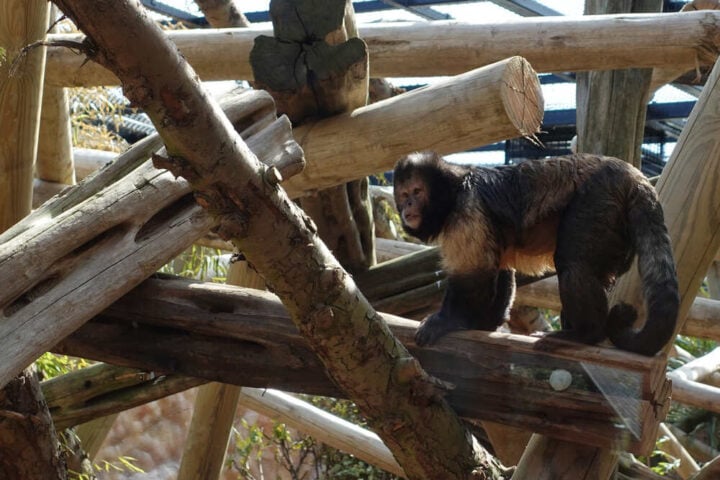



![Representative Image: European Starling [49/366]. Photo Source: Tim Sackton (CC BY-SA 2.0)](https://www.karmactive.com/wp-content/uploads/2025/04/Starlings-Drop-82-in-UK-Gardens-as-Birdwatch-2025-Reveals-Record-Low-Count-Since-1979-720x480.jpg)